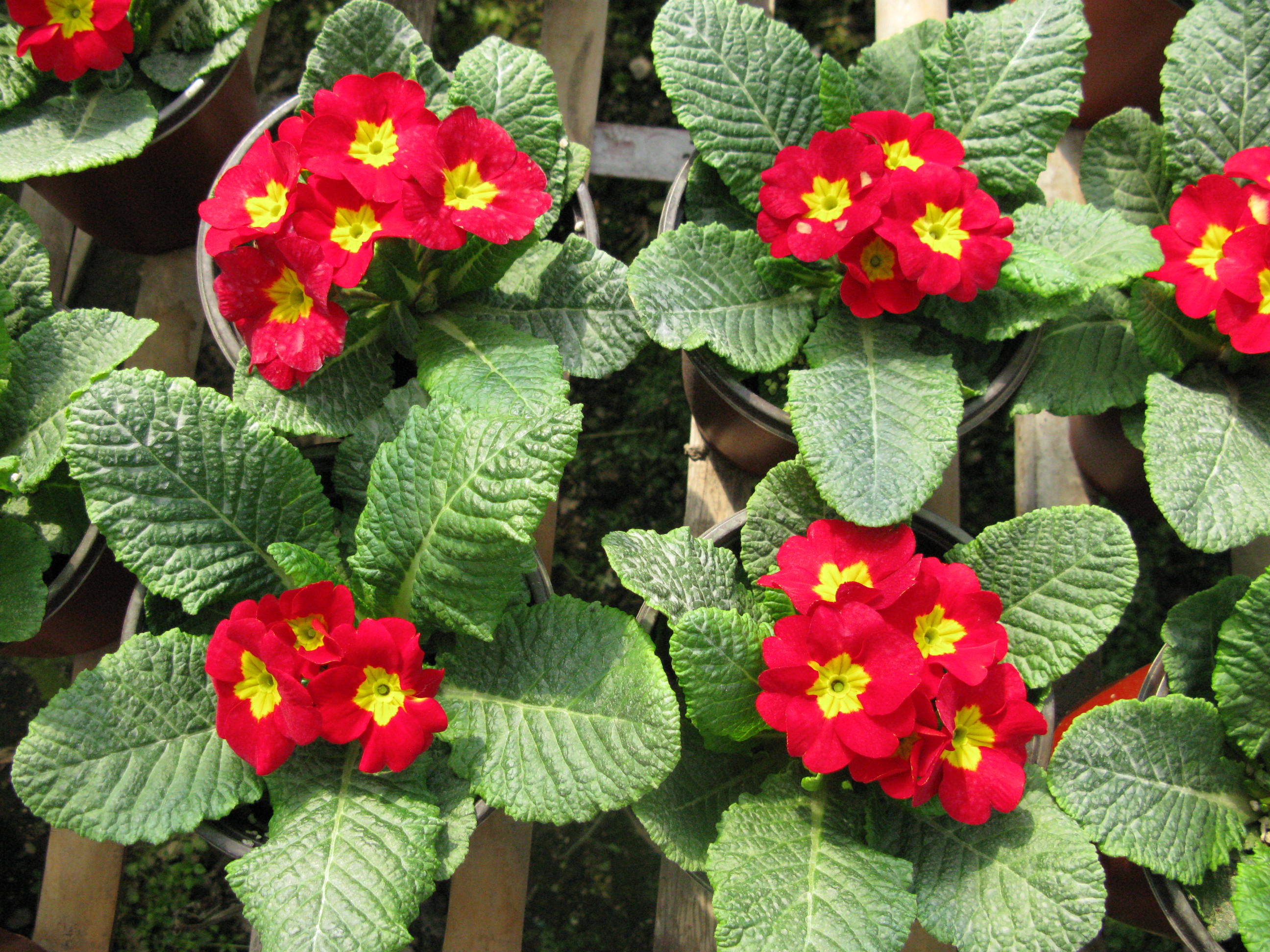版纳植物园揭示印度洋报春花科植物空间分布演化
中国科学院西双版纳热带植物园生态进化生物学研究组的Joeri博士及其合作者完成对印度洋群岛上报春花科植物谱系发育关系和时间和空间多样性的研究,并对物种形成、地理扩张和端粒特殊性之间的相关性进行了评估。 相关文章发表于2013年12月29日的《Journal of Biogeography》杂志上。

版纳植物园揭示印度洋报春花科植物空间分布演化
马达加斯加群岛和印度洋岛屿上的报春花科植物主要包含Badula 和Oncostemum两个属。Joeri及其同事使用最大似然率和贝叶斯定理对报春花科植物的质体和核酸DNA序列进行了谱系分析,并用贝叶斯分子钟估计了分化时间,同时还检验了多样性的变化速率以及种群与生物地理史可能的相关性。
不仅如此,他们还完成了一个参数化祖先区域合并分层古地理模型的构建,以此来反映西印度洋盆地中时间因素造成的地面组成以及植物地理关系的变化,并且对分化速率的改变与祖先地理分布和分化年代估计值进行了对比。
印度洋的报春花科植物与亚洲紫金牛属植物属于单系姐妹同源。紫金牛属植物是马达加斯加和科摩罗岛特有的植物,与一个单源岛屿特有种马斯克林群岛Badula属群体同源。
分析结果找到了该报春花科植物在印度洋早期爆发性分化的证据,并且最近在马斯克林群岛也发现其有分布。年代估计显示该种植物在罗德里格斯岛上的出现比岛屿本身的地质年代估计值要早。
研究结果表明印度洋报春花科植物从马达加斯加起源,在第三纪中新世中晚期传播到马斯克林群岛。最初出现在毛里求斯或者罗德里格斯岛,随后逐渐扩散到其余岛屿。分析显示分化随时间减缓,分布到新地理区域存在显著的速率变化。物种丰富的Oncostemum属开始分化的时间比较近,主要的分枝进化出现在上新世早期。
原文摘要:
Timing and tempo of evolutionary diversification in a biodiversity hotspot: Primulaceae on Indian Ocean islands
Joeri S. Strijk, Ruth E. Bone, Christophe Thébaud, Sven Buerki, Peter W. Fritsch, Trevor R. Hodkinson, Dominique Strasberg
Aim
We examined phylogenetic relationships and spatio-temporal diversification in Indian Ocean Primulaceae, assessing correlations between speciation rates, geographical expansion and ecomorphological specialization.
Location
MadagASCar and Indian Ocean Islands.
Methods
We conducted phylogenetic analyses with plastid and nuclear DNA sequences of Primulaceae using maximum likelihood and Bayesian algorithms, and estimated divergence times using a Bayesian relaxed molecular clock. Temporal changes in diversification rate and possible correlations with the biogeographical history of the group were examined. We performed parametric ancestral area reconstruction incorporating a stratified palaeogeographical model that reflects changes in terrestrial configuration and the presence of phytogeographical connections through time in the western Indian Ocean Basin. Shifts in diversification rate were compared with ancestral area assignments and divergence age estimates.
Results
Indian Ocean Primulaceae were recovered as monophyletic with a sister relationship to Asian Ardisia. Oncostemum, a genus confined to Madagascar and the Comoros, was resolved as paraphyletic by the inclusion of a monophyletic Mascarene Badula group consisting of single-island endemics. We found evidence for diversification bursts early in the history of Indian Ocean Primulaceae that correspond closely to the sequence of dispersal and the appearance of newly formed Mascarene Islands. Age estimates suggest a dispersal to Rodrigues that is older than the estimated geological age of the island.
Main conclusions
Results suggest a Madagascan origin of Indian Ocean Primulaceae with subsequent dispersal to the Mascarenes in the middle to late Miocene, with initial establishment on either Mauritius or Rodrigues and subsequent stepping-stone dispersal to the other two Mascarene islands within the last 2 Myr. Analyses suggest that diversification has slowed over time, with significant rate changes following dispersal to new geographical areas. Onset of diversification in species-richOncostemum appears to have been recent, with major cladogenesis commencing in the early Pliocene.

